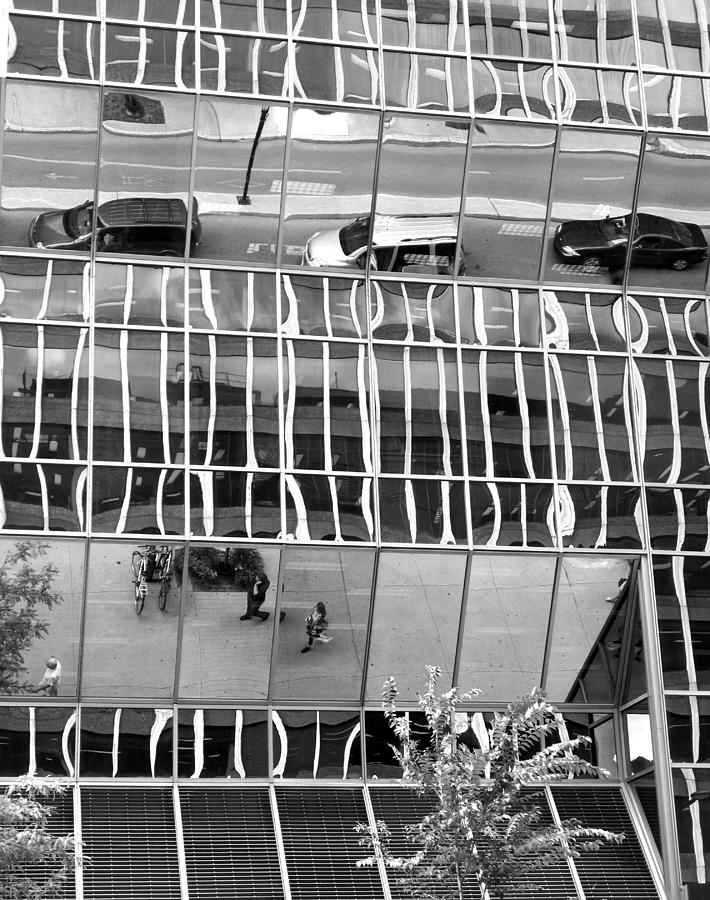


Their math, laid down in 10 equations, explained how gravity could move around objects via a warped reality, accelerating without ever feeling any mysterious Newtonian forces.Įinstein's inspiration for general relativity struck while he was a patent clerk in Switzerland in 1907. He got help from mathematician Marcel Grossmann, an old friend who shared his notes when a young Einstein skipped class. Confused? The German physicist was, too, and he struggled with the theory for nearly a decade. He described it as a curvature of time and space caused by mass and energy. Newton’s math did a good job at predicting how everything from projectiles to planets moved - but it kept gravity separate from acceleration.Įinstein argued that gravity isn’t a force at all. You may have learned that Newton described gravity as a force, an invisible rubber band that pulls together objects with mass. To link acceleration and gravity in this way, Einstein overthrew one of his own heroes: Isaac Newton. Relativity describes why a clock on a satellite ticks a few dozen microseconds faster than a clock on Earth without accounting for that discrepancy, GPS technologies wouldn’t work. This prediction proved correct when the stars moved during the 1919 solar eclipse. Similarly, he expected a beam of starlight should bend when passing through the sun’s gravity. If the elevator accelerates quickly enough, the beam visibly bends toward the floor.Įinstein showed the same thing happens to a beam inside a stationary elevator within a powerful gravitational field the gravity bends the light. As the light travels sideways, the elevator rises, causing the beam to strike a spot on the wall slightly lower than where it started. Imagine, for example, a horizontal laser inside an elevator that’s accelerating upward. General relativity grew out of Einstein’s theory of special relativity, which describes how the speed of light (in a vacuum) can always be constant.Īccording to relativity, anything that can happen inside of a box picking up speed - i.e., accelerating - also happens in the presence of gravity. This equivalence, “the happiest thought” of Einstein’s life, was his starting point for redefining gravity. His 1915 general theory of relativity built on the notion that gravity and acceleration are not just easily confused, but are one and the same.

This spacefarer’s dilemma would have been familiar to Albert Einstein.


 0 kommentar(er)
0 kommentar(er)
